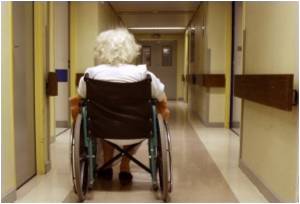A new RAND Corporation study has found few improvements in the quality of care and no reductions in hospitalizations and costs of care after a three year study of a medical home model

The findings are published in the Feb. 26 edition of the Journal of the American Medical Association.
"The medical home has gained popularity as a new model of primary care, with the expectation that the approach will produce better and lower-cost health care," said Dr. Mark W. Friedberg, the study's lead author and a natural scientist at RAND, a nonprofit research organization. "Our findings suggest that achieving all of these goals is a challenge."
Medical homes (also known as "patient-centered medical homes") are primary care practices that are designed to provide comprehensive, personalized, team-based care using patient registries, electronic health records and other advanced capabilities. Recent medical home initiatives have encouraged primary care practices to invest in these new capabilities, participate in learning collaboratives and achieve medical home recognition. Health plans offer to pay more to the practices that achieve recognition.
Comprehensive primary care can improve outcomes for chronic conditions like diabetes and asthma, while lowering costs by reducing patients' needs for care from hospitals and emergency departments.
Researchers evaluated the Southeastern Pennsylvania Chronic Care Initiative, which was the first of several regional multipayer medical home pilots in the state. In this region, 32 primary care practices and six health plans participated in the pilot between 2008 and 2011. Using data on approximately 120,000 patients, researchers compared quality, utilization and costs of care between the pilot practices and 29 other practices that were not in the pilot.
Advertisement
However, the evaluation of the medical home pilot did not detect improvements on the quality measures that assessed asthma care, cancer screening and control of diabetes.
Advertisement
"It is possible that the pilot we evaluated had some, but not all of the ingredients necessary to produce broad improvements in quality and efficiency," Friedberg said. "Findings from this evaluation and others should help refine the medical home model."
Researchers say there are several possible reasons that the pilot medical home pilot did not show broader improvements on measures of cost and quality.
The pilot emphasized quality of care for diabetes and asthma, and practices did not have financial incentives to contain costs. While most participating practices adopted new capabilities that targeted quality of care, fewer increased night and weekend hours, which could have created short-term savings by reducing unnecessary visits to hospital emergency departments.
Because the pilot practices volunteered to become part of the medical home experiment, they may have been more quality-conscious than other practices even before the pilot began. This would have created a "ceiling effect" where there was less room to improve quality, researchers said.
RAND researchers also are conducting evaluations of several additional medical home primary care pilot projects, including other regions of the Pennsylvania Chronic Care Initiative.
Source-Eurekalert










